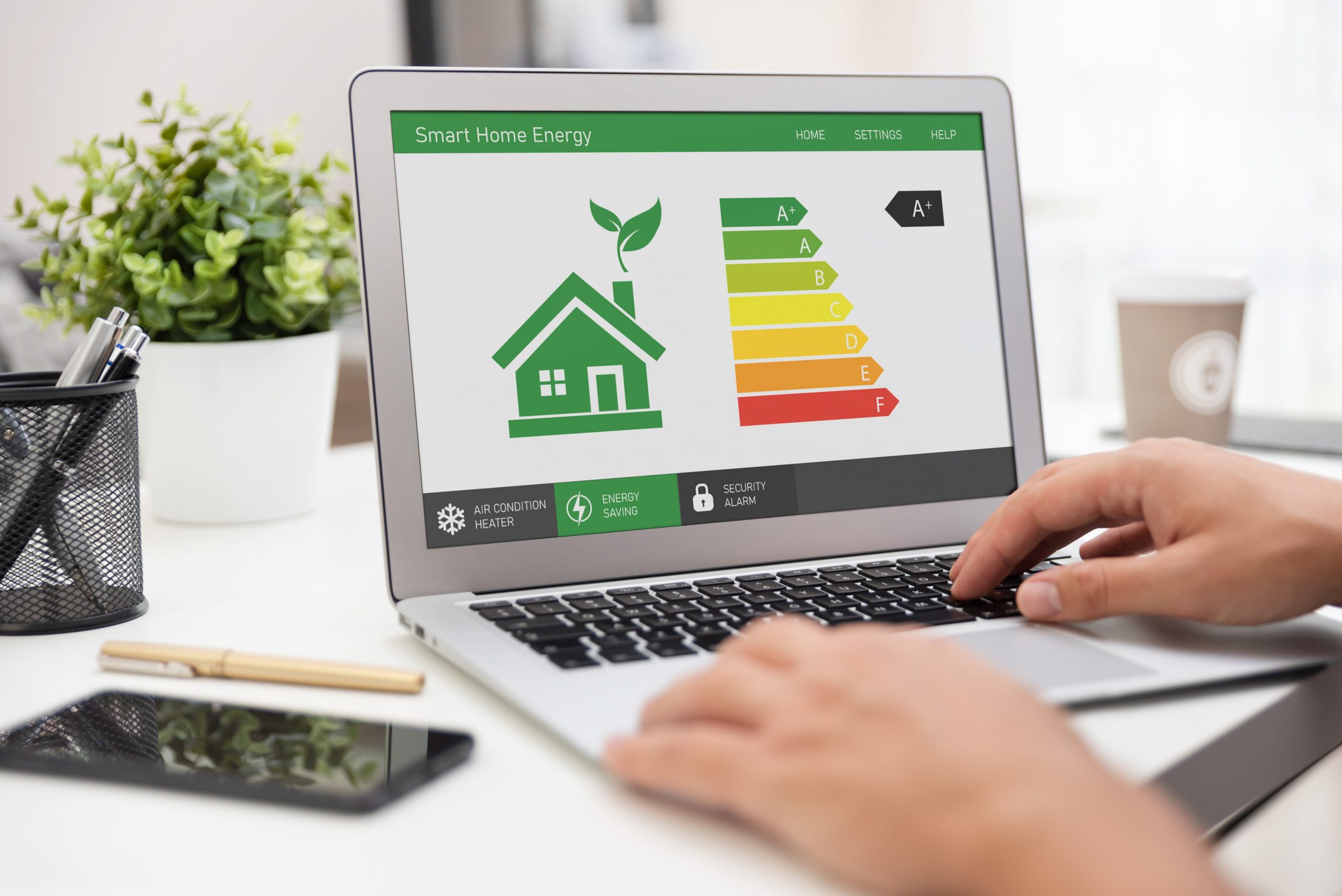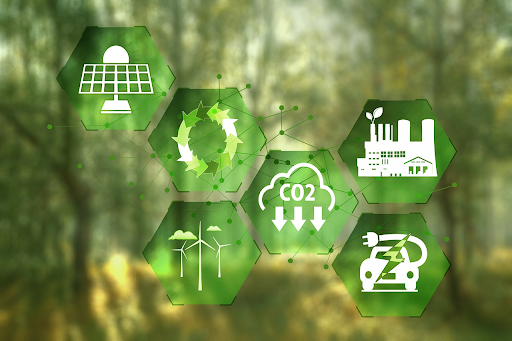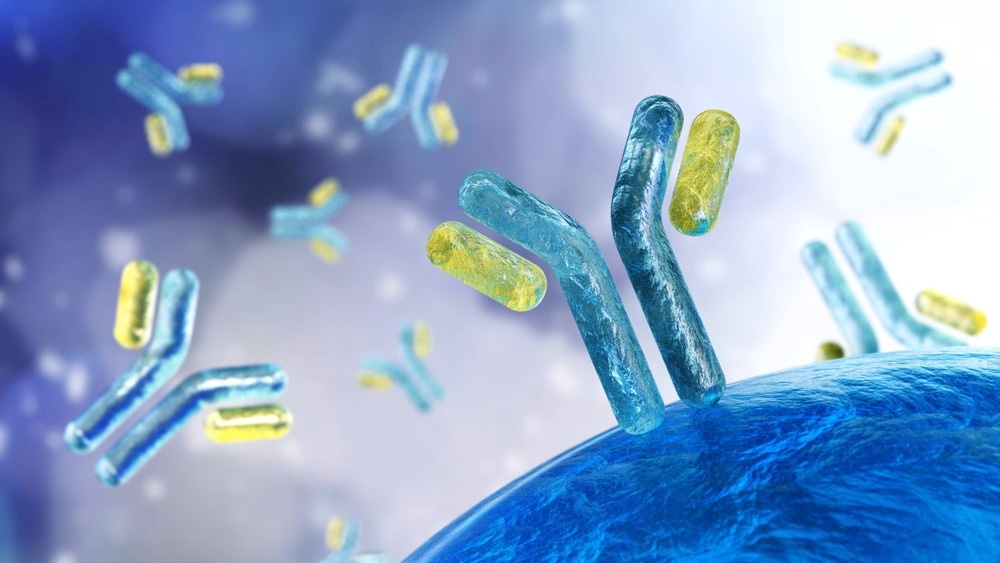
As we strive to make our homes more comfortable and convenient, there’s also a growing emphasis on making them more energy-efficient. Smart home technologies are at the forefront of this movement, offering innovative solutions to optimize energy usage. By integrating these technologies, homeowners can gain unprecedented control over their household’s energy consumption, leading to significant savings and a reduced environmental impact. This article will explore how smart home technologies can optimize energy usage, contributing to a greener and more sustainable future. For that, let’s first understand what is a smart home.
What Exactly is a Smart Home?
A smart home is a residential setting where appliances and devices can be controlled remotely from any internet-connected place using a mobile or networked device. This setup consists of an ecosystem of connected devices that work together in a network, which can be controlled independently or collectively.
Smart home technology, also often referred to as home automation or domotics (from the Latin “domus” meaning home), provides homeowners security, comfort, convenience, and energy efficiency by allowing them to control smart devices, often by a smart home app on their smartphone or other networked devices.
The key technologies behind smart homes are the Internet of Things (IoT), Artificial Intelligence (AI), and Machine Learning (ML). IoT allows devices to connect, interact, and exchange data with each other. AI and ML enable these devices to learn from users’ behaviors and make decisions.
How Does Smart Home Work?
At its core, a smart home operates on the principle of interconnectivity, with the Internet of Things (IoT) playing a crucial role. IoT refers to the network of physical devices connected to the internet, each embedded with sensors, software, or other technologies to exchange data and the cloud. In the context of a smart home, these devices can range from smart thermostats and lighting systems to security cameras and appliances.
These smart devices communicate using various wireless communication protocols. The most common ones include Wi-Fi, Bluetooth, Zigbee, and Z-Wave. Wi-Fi, known for its high data capacity and extensive range, is excellent for bandwidth-heavy tasks like streaming video from a security camera. Bluetooth, with its low power consumption, is often used in battery-operated devices like smart locks. Zigbee and Z-Wave, on the other hand, are low-power protocols that create mesh networks where each device can relay signals from other devices, extending their range and reliability.
The hub, or central control system, is the heart of a smart home. It connects to the home’s Wi-Fi network and communicates with other smart devices. Homeowners can control these devices directly through the hub or remotely via an app on a smartphone, tablet, or computer.
Automation is a key feature of a smart home. This involves programming devices to perform certain actions based on specific conditions or triggers. For example, you could automate your smart lights to turn on at sunset or your smart thermostat to lower the temperature when no one is home. This automation not only adds convenience but also helps to save energy and increase security.
Artificial Intelligence (AI) and Machine Learning (ML) are increasingly incorporated into smart home devices. These technologies allow devices to learn from users’ behavior over time and adapt their operations accordingly. For example, a smart thermostat might learn your preferred temperature settings during different times of the day and automatically adjust itself, improving comfort and energy efficiency.
How Smart Home Technologies Can Optimize Energy Usage and Reduce Carbon Footprint.
Smart home technologies have revolutionized our everyday lives, offering unprecedented convenience, comfort, and security. However, the benefits of these technologies extend far beyond merely simplifying daily routines. They also present a compelling solution for energy optimization, playing a crucial role in reducing our carbon footprint and paving the way for a more sustainable future.
Smart home technologies encompass a wide array of interconnected devices that automate various aspects of a home. These range from smart thermostats and lighting systems to energy-efficient appliances, all of which can be controlled remotely via smartphones or other devices. Integrating these technologies into our homes allows for more efficient energy use, reducing energy consumption.
One of the most significant ways smart home technologies optimize energy usage is through smart thermostats. These devices learn from your habits and adjust the heating and cooling of your home accordingly. For example, they can lower the temperature when you’re not at home or during the night when less heating is required.
Smart lighting systems are another cornerstone of energy-efficient smart homes. These systems can adjust the intensity and color of light based on the time of day, the presence of occupants, or even the amount of ambient light available. Lights can be scheduled to switch off automatically when not in use, thus eliminating unnecessary energy consumption.
Smart plugs and power strips also contribute to optimizing energy usage. These devices can monitor the energy consumption of any appliance plugged into them and can switch off these appliances when they are not in use or are in standby mode, thereby reducing the ‘phantom’ energy drain.
Beyond optimizing energy usage, smart home technologies also significantly contribute to reducing our carbon footprint. Solar energy systems, for example, allow homes to harness renewable energy from the sun, reducing reliance on fossil fuels. Advanced systems can store excess solar power for later use or feed it back to the grid.
For electric vehicle owners, smart home technologies offer the added benefit of home charging stations. These stations can be programmed to charge vehicles during off-peak hours, thereby reducing demand on the grid and taking advantage of lower electricity rates.
Smart Home and Grid Interaction
The interaction between smart homes and the electrical grid is a rapidly evolving technology area with significant potential for energy efficiency and sustainability. By leveraging smart devices and systems, homeowners can manage their energy usage more effectively and contribute to the stability and reliability of the larger electrical grid system.
A smart home is a residence equipped with a variety of interconnected devices. This interconnectivity forms the basis for interaction between the smart home and the electrical grid.
One of the key ways in which smart homes interact with the grid is through demand response programs. These programs are designed to reduce energy consumption during periods of high demand, such as during heatwaves or cold snaps, when the grid is under significant strain.
In a demand response scenario, utilities send signals to participating smart homes, triggering automated responses that reduce energy consumption. For example, a smart thermostat might slightly raise or lower the temperature, or a smart appliance might delay its operation until demand on the grid has decreased. These small changes can add up across many homes, helping to balance supply and demand on the grid and prevent blackouts.
Another important aspect of smart home-grid interaction is distributed energy resources (DERs), such as rooftop solar panels and home battery storage systems. These systems can generate and store energy locally, reducing reliance on the grid and even supplying excess power back to it.
Conclusion
The smart home integrates various smart devices and technologies, allowing them to communicate and coordinate operations. This interconnectivity, combined with automation, AI, and ML, gives homeowners increased efficiency, convenience, and security, transforming our lives.
Smart home technologies represent a powerful tool for optimizing energy and reducing carbon footprint. The interaction between smart homes and the electrical grid offers significant opportunities for energy optimization and grid resilience. As we look towards a future where sustainability is increasingly important, these technologies will play an integral role in promoting energy efficiency and environmental responsibility.
Interesting Related Article: “What Is Smart Home Automation and How Does It Work?“
















